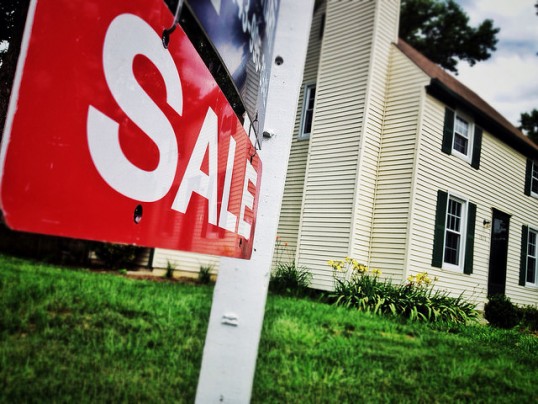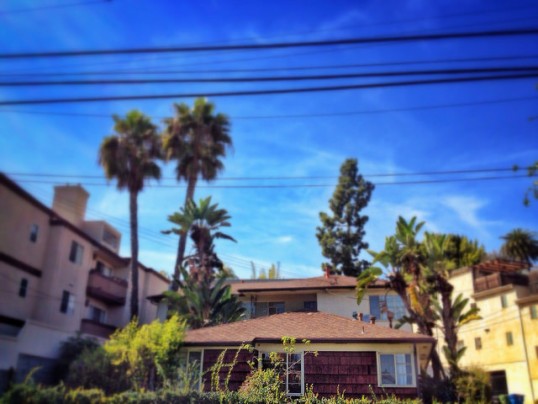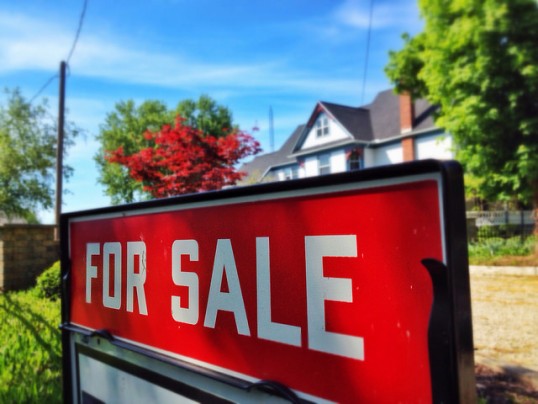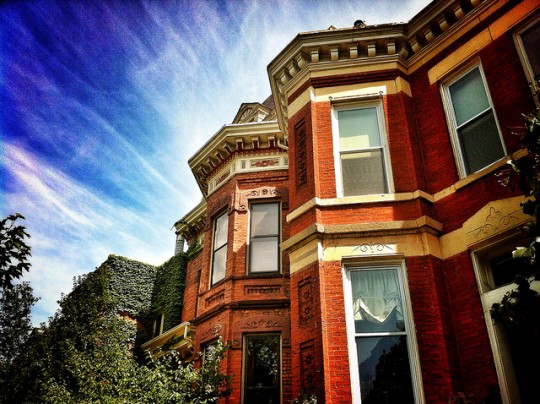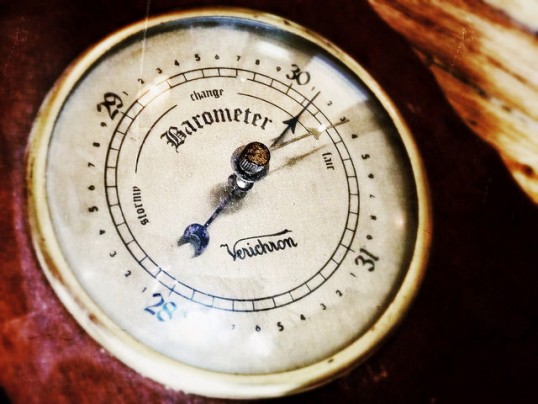According to a recent survey from Pollara, 74 percent of 18-34 year olds plan to buy a home sometime in the next five years and nearly a third of them hope to buy in the next 12 months. The results confirm a high level of demand among young Americans who, for the most part, would be first-time home buyers. It also signals returning confidence in the housing market after years of volatility and instability. In fact, young Americans aren’t the only ones looking to purchase a home. A majority of Americans between the ages of 35 and 44 also said they plan to buy a home in the next five years and more than a third of those between ages 45 and 54 did as well. It is an encouraging sign for the residential real estate market and bodes well for future home sales and housing starts. Higher demand and more buyers will also help moderate price increases and boost for-sale inventory. The survey, which included current owners and renters, found that, among renters, 32 percent said they’d like to buy but can’t afford to, while just 12 percent said they prefer renting. More here.
Archive for July 2014
City Vs. Suburbs: Where Do Americans Want To Live?
Since the middle of the last century, Americans have generally been moving from city centers into suburban homes. But though the suburbs have grown at a faster pace than cities have over the past 50 years or so, there has been a lot written lately about Americans abandoning the suburbs and moving back downtown. The trend, according to a recent article on RealtyTrac, can be looked at from a number of angles. For example, a recent reading of Census data showed 19 of the 51 largest metropolitan areas saw their urban core growing faster than the surrounding suburbs between 2012 and 2013. This has been used to illustrate the resurgent popularity of city living. But, read a different way, it proves exactly the opposite. After all, those same numbers mean 63 percent of the largest metro areas had suburbs that grew faster than their cities. Some analysts believe that – though there has been an increasing trend among certain demographics toward city living – the general patterns have remained the same, with formerly city-loving 20 somethings eventually moving to the suburbs as they start families and begin to settle down. More here.
As Job Worries Fade, Housing May Heat Up
The number of Americans who say they’re worried about losing their job hit an all-time low in June, according to the results of a new survey from Fannie Mae. And this, along with an overall upward trend in consumer confidence, could indicate that the residential real-estate market may be ready to heat up after a slow start to the year. In fact, 70 percent of Americans now say it is a good time to buy a house and the share who say they would buy if they were going to move increased to 68 percent in June. Respondents also feel it’d be easy for them to obtain a home mortgage, with a survey high 52 percent saying they felt they would be approved for a home loan. Doug Duncan, Fannie Mae’s senior vice president and chief economist, said there’s been substantial progress in consumer expectations among key attitudinal measures since the National Housing Survey began in 2010. According to Duncan, recent improvements in Americans feelings about the broader economy and their personal financial situation may help encourage potential home buyers to enter the purchase market this year. More here.
When Will Baby Boomers Begin Downsizing?
Despite media reports to the contrary, baby boomers do not appear to be moving from single-family homes into multi-family housing. In fact, the number of baby boomers living in a detached, single-family home increased between 2006 and 2012, according to a recent study from Fannie Mae. As baby boomers retire and their adult-age children leave home, it is expected that they will begin to abandon their traditional single-family homes and move into smaller, more manageable residences. The expected downsizing will have a significant impact on the housing market and is seen as inevitable despite the fact that there has been no evidence as yet that it is happening, even among the oldest boomers. According to the report, the reason these homeowners have yet to begin moving from their homes is due to the recent housing crash and recession. Declining home values and a shaky economy meant baby boomers who may have wanted to downsize were unable to due to economic conditions. Eventually, these homeowners will move, put their homes up for sale and significantly alter the housing market’s current landscape. More here.
Number Of Homes For Sale Spikes
The number of homes listed for sale across the country increased 11.8 percent in May, according to new estimates released by Zillow. It was the third consecutive month of improvement. But, despite the fact that inventory was up in nearly 80 percent of the metropolitan areas covered in the report, there are still fewer homes for sale than is considered normal. Inventory is especially tight among houses in the lower end of the market. Largely due to high demand for these homes among real-estate investors over the past few years, the lack of houses in the bottom tier of the market will continue to present challenges for first-time homebuyers looking to purchase an affordable home. But, as more homes become available for sale, price increases should continue to normalize which, along with income growth and improving employment levels, should help future affordability issues. So far this year, price appreciation has been much closer to normal. This trend should continue as more homeowners put their homes up for sale. More here.
Housing Turns Positive After Tough Winter
Because economic and housing market activity was slower than expected during the first quarter of the year, Fannie Mae’s Economic and Strategic Research Group has lowered their expectations for total home sales this year. Doug Duncan, Fannie Mae’s chief economist, said they expect total home sales in 2014 to be about 2 percent lower than in 2013, with new home sales advancing somewhere in the 12 to 15 percent range and existing home sales declining year-over-year. But the adjustment doesn’t reflect continuing weakness in the market. In fact, more recent housing indicators show the market improving, with home price gains contributing to consumers’ household wealth. After a slow winter, home sales and inventory have improved, price increases have begun to moderate, and mortgage rates have declined. Still, any gains made in the second half of the year will likely be making up for lost ground rather than contributing to year-over-year gains. More here.
Housing Barometer Measures Market Recovery
Trulia’s Housing Barometer looks at five housing fundamentals and measures how quickly they’ve been returning to normal since the recovery began. Comparing pre-recession normals to post-recession lows, the report provides a glimpse of where the housing market is and where it’s headed. According to the latest release, the residential real-estate market is improving after slowing at the beginning of the year. In fact, four out of the five included measures – home prices, delinquency and foreclosure rates, existing-home sales, new construction starts, and the employment rate among 25 to 34 year olds – have improved since last quarter and all have made gains or held steady from one year ago. Among them, home prices made the biggest jump, moving from 68 percent to 79 percent back to normal on a quarterly basis. Home prices were just 44 percent back to normal one year ago. The employment rate was the only indicator that moved backward quarter-over-quarter, falling 4 percent. Although, at 35 percent back to normal it is still 5 percent better than last year. More here.
